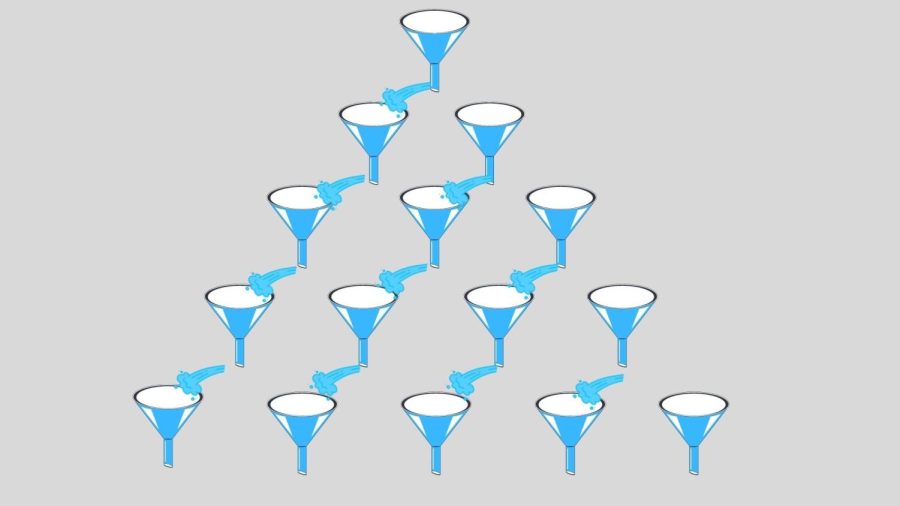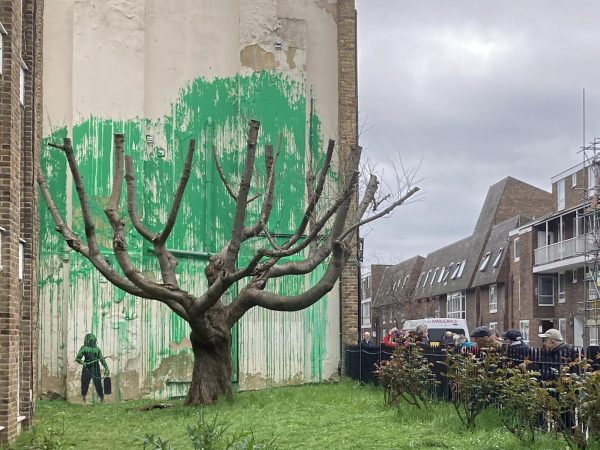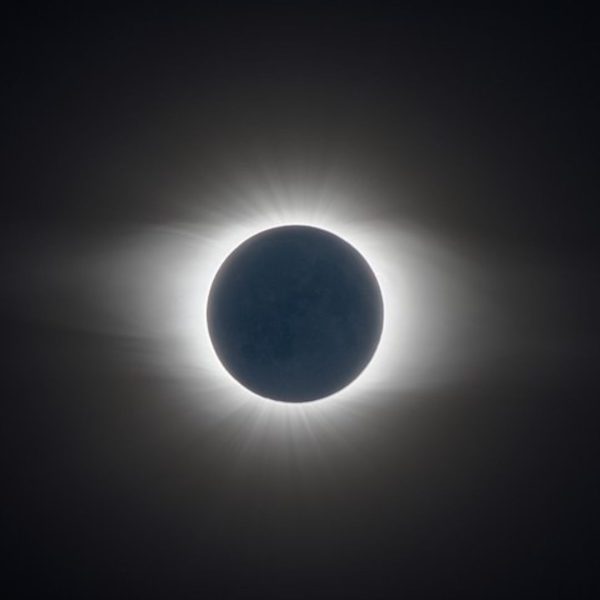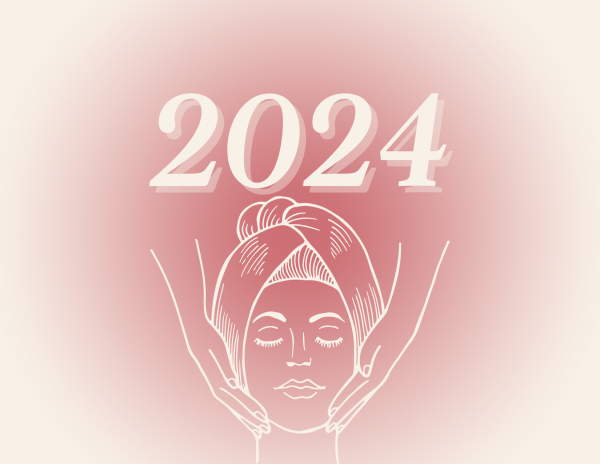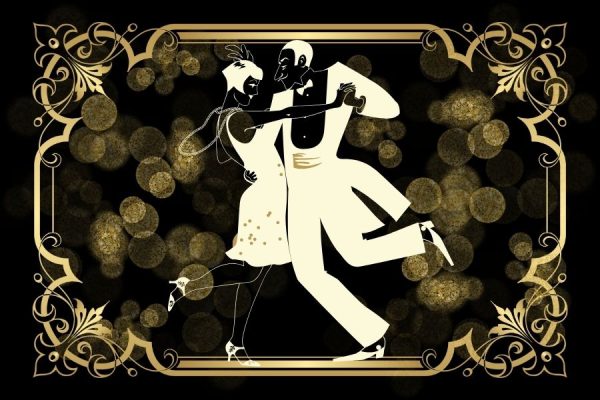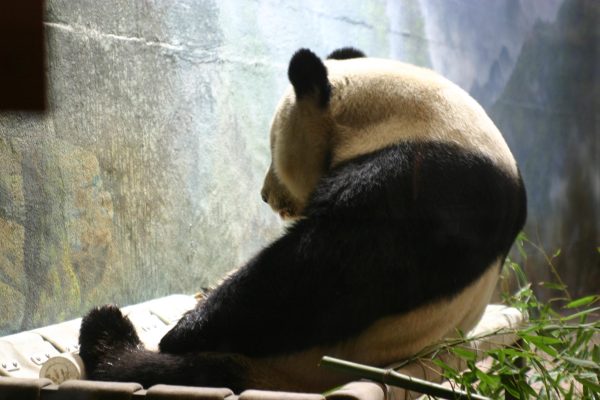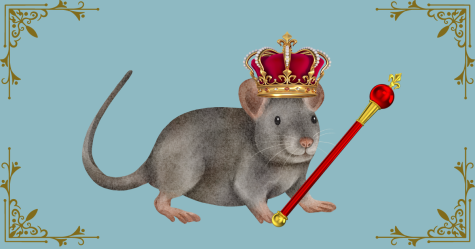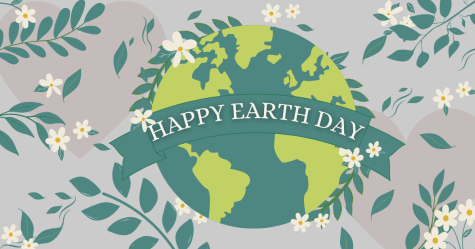Fountain of Exhaustion
Staff Graphic by Lauren Rochelle
Staff Graphic by Lauren Rochelle
During this scary time amidst the Russian-Ukrainian war, artist Maria Lanko makes an attempt to shed light on the situation following the attack on Ukraine on February 24th.
Lanko didn’t quite know her plan yet, but she knew she wanted to make it out of Ukraine with several personal items along with 78 bronze funnels belonging to one of the most acknowledged artists, Pavlo Makov.
In the summer of 2021, Makov and his teammates won the opportunity to represent Ukraine and its artistic culture at the Venice Biennale or the “Olympics” of the art world. The 78 bronze funnels contributed to their entry – they made up the Fountain of Exhaustion.
The Fountain of Exhaustion originated far before this year, in the mid-’90s addressing the current social and political exhaustion as well as the water shortage the country had been experiencing.
Now, several forms later, the Fountain of Exhaustion represents the tragedy that is the Russian-Ukrainian war. Instead of technical drawings or physical installations, the “fountain” is now made up of 78 bronze funnels positioned to mimic a pyramid of funnels. There is an initial stream of water that divides into more funnels as the water trickles down. Its flow weakens as it moves towards the bottom.
Makov’s team was elated to find that the fountain worked perfectly one week before Russia invaded Ukraine. However, with the horrific attack one week later, installing the fountain in Venice seemed impossible.
But, the time came when Lanko crammed 78 funnels into three boxes and made her way to Venice. Crossing the border of Romania, stopping in Budapest and Hungary and then eventually ending up in Vienna all consisted of her travel. She had to be extremely careful as Ukraine was under attack every day.
The fountain of exhaustion is up today and can be viewed by the public – a symbolic message that there is hope for all, even in the darkest of times.




